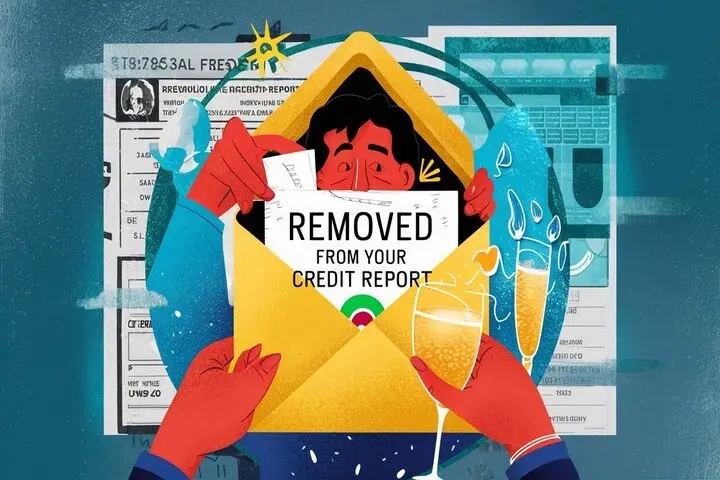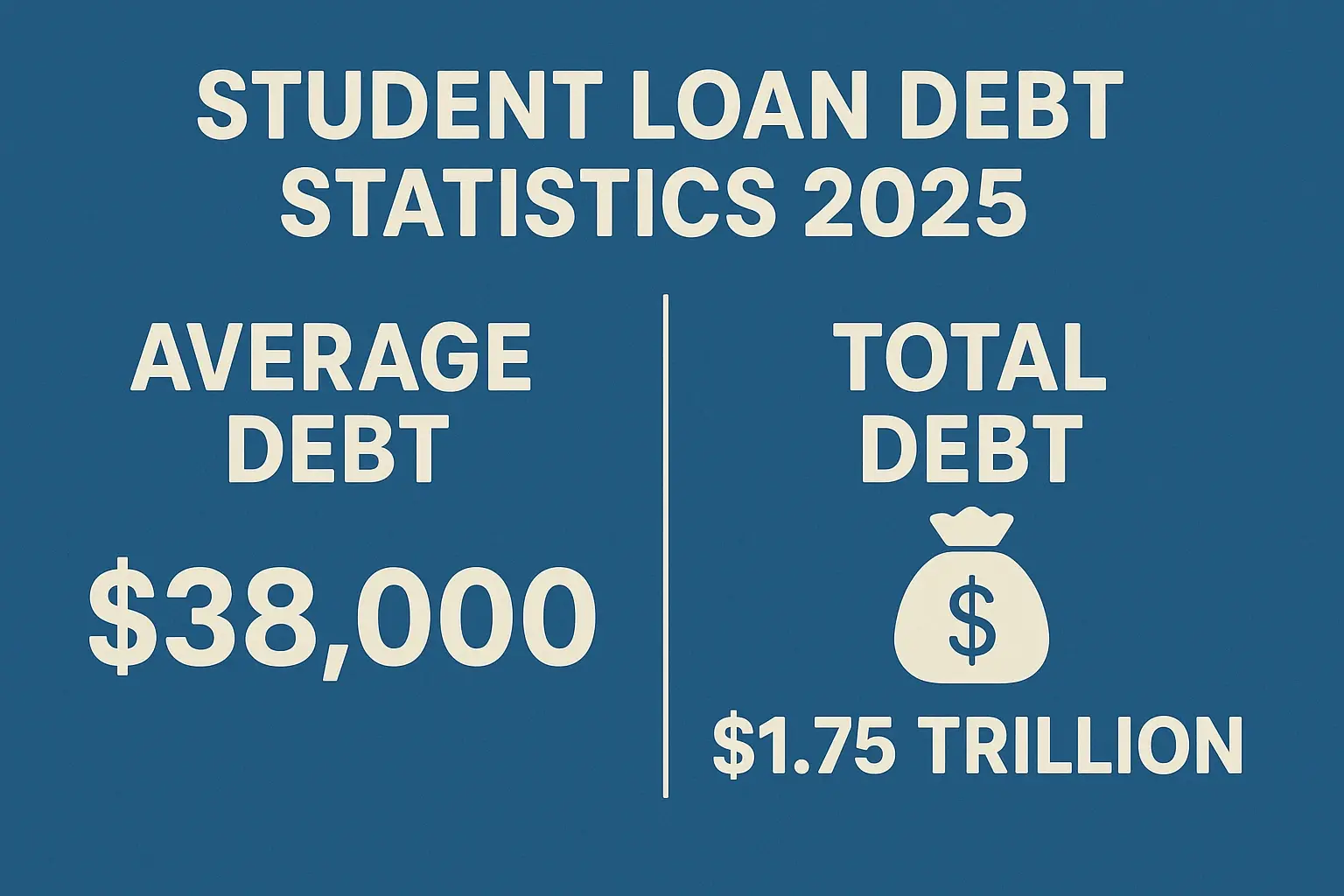-
Posted on: 13 Jul 2024

-
Your credit report is a comprehensive record of your credit history, influencing your ability to secure loans, rent an apartment, and even get a job. While many negative marks eventually disappear, some information remains for a considerable period, impacting your credit score. Understanding what cannot be removed from your credit report is crucial for managing your financial health and planning your future.
The Foundation: Credit Reporting and the FCRA
The Fair Credit Reporting Act (FCRA) is the cornerstone of credit reporting in the United States. It ensures the accuracy, fairness, and privacy of consumer credit information. The FCRA dictates how long different types of information can remain on your credit report. While it offers pathways to dispute errors and potentially remove inaccurate information, it also establishes time limits for how long legitimate negative information can be reported. Understanding the FCRA is key to understanding what you can and cannot realistically remove from your credit history.
What Remains: Information with Established Reporting Timeframes
Several types of negative information have specific reporting timeframes outlined by the FCRA. These items, if accurate, will remain on your credit report for the duration specified, regardless of your efforts to remove them before their expiration.
Bankruptcies: A Long-Lasting Impact
Bankruptcies are among the most significant negative marks on your credit report, and their impact is felt for a considerable period. The length of time a bankruptcy remains depends on the type of bankruptcy filed:
- Chapter 7 Bankruptcy: Remains on your credit report for 10 years from the date of filing.
- Chapter 13 Bankruptcy: Remains on your credit report for 7 years from the date of filing.
While the impact of a bankruptcy diminishes over time, it's important to understand that it will be a factor considered by lenders for several years. Focus on rebuilding your credit after bankruptcy by establishing positive credit habits, such as making timely payments on secured credit cards or installment loans.
Late Payments: The Impact of Missed Deadlines
Late payments are another common negative mark that affects your credit score. A payment is typically reported as late to the credit bureaus if it is 30 days or more past due.
- Late Payments: Generally remain on your credit report for 7 years from the date of the original delinquency (the first missed payment that led to the account being considered delinquent).
The severity of the impact of late payments depends on factors such as the frequency of late payments, the amount owed, and your overall credit history. Consistent late payments can severely damage your credit score. While you can dispute inaccuracies, verified late payments will remain for the full 7 years.
Collection Accounts: From Unpaid Debts to Credit Report Impact
When you fail to pay a debt, the creditor may eventually sell it to a collection agency. This collection account will then appear on your credit report.
- Collection Accounts: Remain on your credit report for 7 years from the date of the original delinquency on the *original* debt.
Importantly, the 7-year clock starts from the original delinquency date, *not* the date the collection agency acquired the debt. Even if you pay the collection account, it may still remain on your credit report for the remainder of the 7-year period. However, paying the debt can improve your chances of securing future credit, and some credit scoring models may give less weight to paid collection accounts.
Charge-Offs: When Creditors Give Up
A charge-off occurs when a creditor determines that a debt is unlikely to be collected and writes it off as a loss. This doesn't mean you're no longer responsible for the debt, but it signifies that the creditor has exhausted their internal collection efforts.
- Charge-Offs: Remain on your credit report for 7 years from the date of the original delinquency on the debt.
Like collection accounts, the 7-year period is linked to the original delinquency date, not the charge-off date. Even though the creditor has written off the debt, the charge-off will continue to impact your credit score for the duration of the reporting period.
Tax Liens: Government Claims on Your Property
A tax lien is a legal claim by the government against your property for unpaid taxes. Tax liens can significantly damage your credit score. The rules regarding tax lien reporting have changed in recent years, but it's important to understand how they might affect your credit.
- Unpaid Tax Liens: Prior to 2017, tax liens remained on credit reports for 7 years from the filing date. However, the three major credit bureaus have since stopped reporting many tax liens that lack certain identifying information, like a complete name, address, and Social Security number.
- Paid Tax Liens: Prior to 2017, paid tax liens remained on credit reports for 7 years from the date they were paid. However, similar to unpaid tax liens, many are no longer being reported if they lack sufficient identifying information.
While the reporting of tax liens has become less common, it's still crucial to address any outstanding tax obligations to avoid further legal action and potentially improve your creditworthiness. Check your credit report carefully to see if any tax liens are being reported.
Judgments: Legal Rulings Against You
A judgment is a court order requiring you to pay a sum of money. Judgments can arise from various situations, such as unpaid debts, lawsuits, or breaches of contract.
- Judgments: Similar to tax liens, the reporting of judgments has also changed. Historically, they remained on credit reports for 7 years from the date of the judgment. However, due to data accuracy concerns, the major credit bureaus have largely stopped including judgments that lack comprehensive identifying information.
Even if a judgment isn't appearing on your credit report, it doesn't mean you're off the hook. The creditor can still pursue legal means to collect the debt. It's essential to address judgments promptly to avoid further legal complications.
What Can Be Removed: Errors and Inaccuracies
While the items listed above have established reporting timeframes, you have the right to dispute inaccurate or incomplete information on your credit report. The FCRA mandates that credit bureaus investigate disputes within 30 days (or 45 days in some cases). If the information is found to be inaccurate or cannot be verified, it must be removed from your credit report.
Examples of information you can dispute include:
- Incorrect account balances
- Accounts that don't belong to you (identity theft)
- Late payments that were reported in error
- Incorrect dates of delinquency
- Duplicate accounts
To dispute an error, you should contact both the credit bureau and the creditor that reported the information. Provide supporting documentation to substantiate your claim. Keep copies of all correspondence for your records.
Strategies for Managing Your Credit History
While you can't magically erase legitimate negative information from your credit report before its expiration date, you can take proactive steps to improve your creditworthiness and minimize the impact of past mistakes.
- Pay your bills on time: This is the most important factor in determining your credit score. Set up automatic payments to avoid missing deadlines.
- Keep your credit utilization low: Credit utilization is the amount of credit you're using compared to your total available credit. Aim to keep your utilization below 30%.
- Avoid opening too many new accounts: Opening multiple accounts in a short period can lower your average account age and potentially decrease your credit score.
- Monitor your credit report regularly: Check your credit report from all three major credit bureaus (Equifax, Experian, and TransUnion) at least once a year to identify any errors or signs of identity theft. You can obtain a free credit report from each bureau annually at AnnualCreditReport.com.
- Consider a secured credit card: If you have poor credit, a secured credit card can be a good way to rebuild your credit. These cards require you to deposit a security deposit, which serves as your credit limit.
- Become an authorized user on a responsible friend or family member's account: If the primary account holder has a strong credit history, being an authorized user can help boost your credit score.
The Impact of Credit Scoring Models
It's important to note that different credit scoring models (such as FICO and VantageScore) may treat negative information differently. Some models may give less weight to older negative information, while others may focus more on recent activity. Understanding the scoring models used by lenders can help you tailor your credit-building efforts accordingly.
Understanding FICO Scores
FICO scores are the most widely used credit scores by lenders. Here's a breakdown of the factors that influence your FICO score:
- Payment History (35%): This is the most important factor. Paying your bills on time is crucial.
- Amounts Owed (30%): This refers to your credit utilization ratio. Keep your balances low.
- Length of Credit History (15%): A longer credit history generally leads to a higher score.
- New Credit (10%): Opening too many new accounts quickly can negatively impact your score.
- Credit Mix (10%): Having a mix of credit accounts (e.g., credit cards, installment loans) can be beneficial.
Understanding VantageScore
VantageScore is another popular credit scoring model. While it uses similar factors as FICO, the weighting may differ slightly.
- Payment History (Extremely Influential): This is the most important factor, similar to FICO.
- Age and Type of Credit (Highly Influential): The length of your credit history and the types of accounts you have.
- Percentage of Credit Limit Used (Highly Influential): This is similar to credit utilization in FICO.
- Total Balances/Debt (Moderately Influential): The total amount you owe across all your accounts.
- Recent Credit Behavior and Inquiries (Less Influential): Opening too many accounts or having too many credit inquiries in a short period can have a negative impact.
- Available Credit (Less Influential): The amount of unused credit you have available.
Conclusion: Patience and Proactive Management
While some negative information on your credit report is permanent within the established reporting timeframes, understanding your rights under the FCRA and implementing proactive credit management strategies can help you navigate the complexities of credit reporting and improve your financial well-being. Remember that building a strong credit history is a marathon, not a sprint. By consistently practicing responsible credit habits, you can overcome past mistakes and achieve your financial goals.




